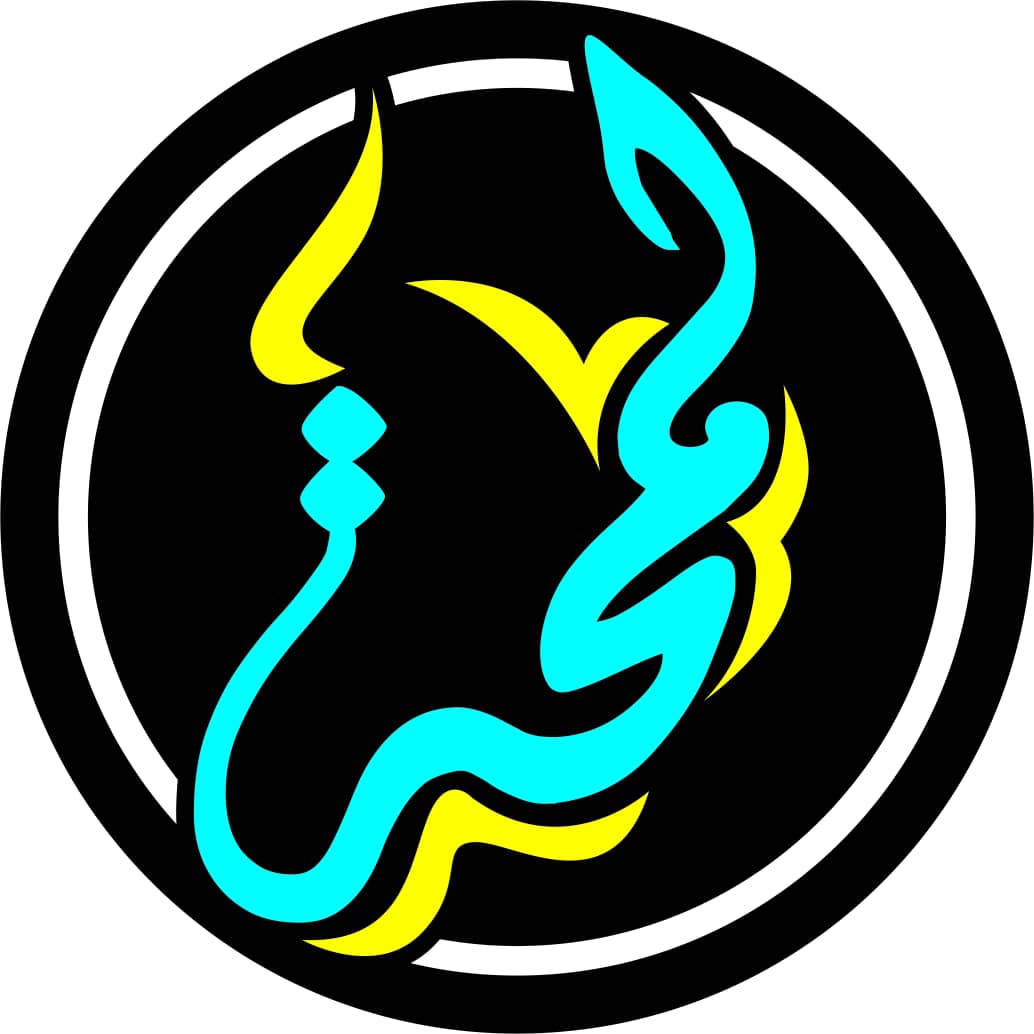HLB (Hydrophile-Lipophile Balance) is an empirical expression for the relationship of the hydrophilic ("water-loving") and hydrophobic ("water-hating") groups of a surfactant. The table below lists HLB values along with typical performance properties. The higher the HLB value, the more water-soluble the surfactant.
The HLB system is particularly useful to identify surfactants for oil and water emulsification. There are two basic emulsion types:
Water-in-oil (w/o): water is dispersed in oil
Oil-in-water (o/w): oil is dispersed in aqueous phase, most common emulsion type.
Oil-in-water (o/w): oil is dispersed in aqueous phase, most common emulsion type.
Water-in-oil emulsions (w/o) require low HLB surfactants. Oil-in-water (o/w) emulsions often require higher HLB surfactants.
Surfactant selection for an o/w emulsion can be simplified if the HLB system is applied. Oils have required HLB numbers that identify the HLB necessary to give good o/w emulsification. Often the oil supplier can provide the required HLB value. Alternatively, there are a number of compiled lists in the literature on the required HLB for common waxes and oils. Since overall chemical structure (e.g., branched, linear, aromatic) is also a variable, a number of different surfactants with the required HLB should be examined. Not all surfactants having the same HLB value may be acceptable for an o/w emulsion. HLB values for surfactants can be calculated for simple alcohol ethoxylates. If a surfactant is not a simple alcohol ethoxylate, the HLB value must be determined experimentally. HLB values are additive; therefore, if two different surfactants or oils are present, the HLB will be the weighted average of the HLB values for each component. Example: An oil (HLB = 10.5) is a component in an aqueous cleaning solution.





















.png)




0 comments:
Post a Comment